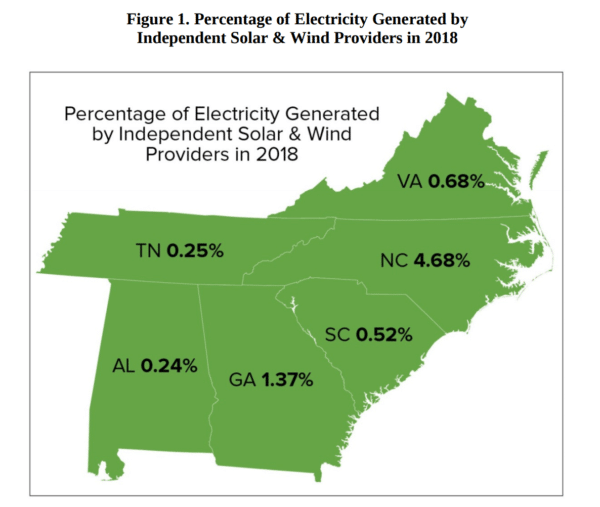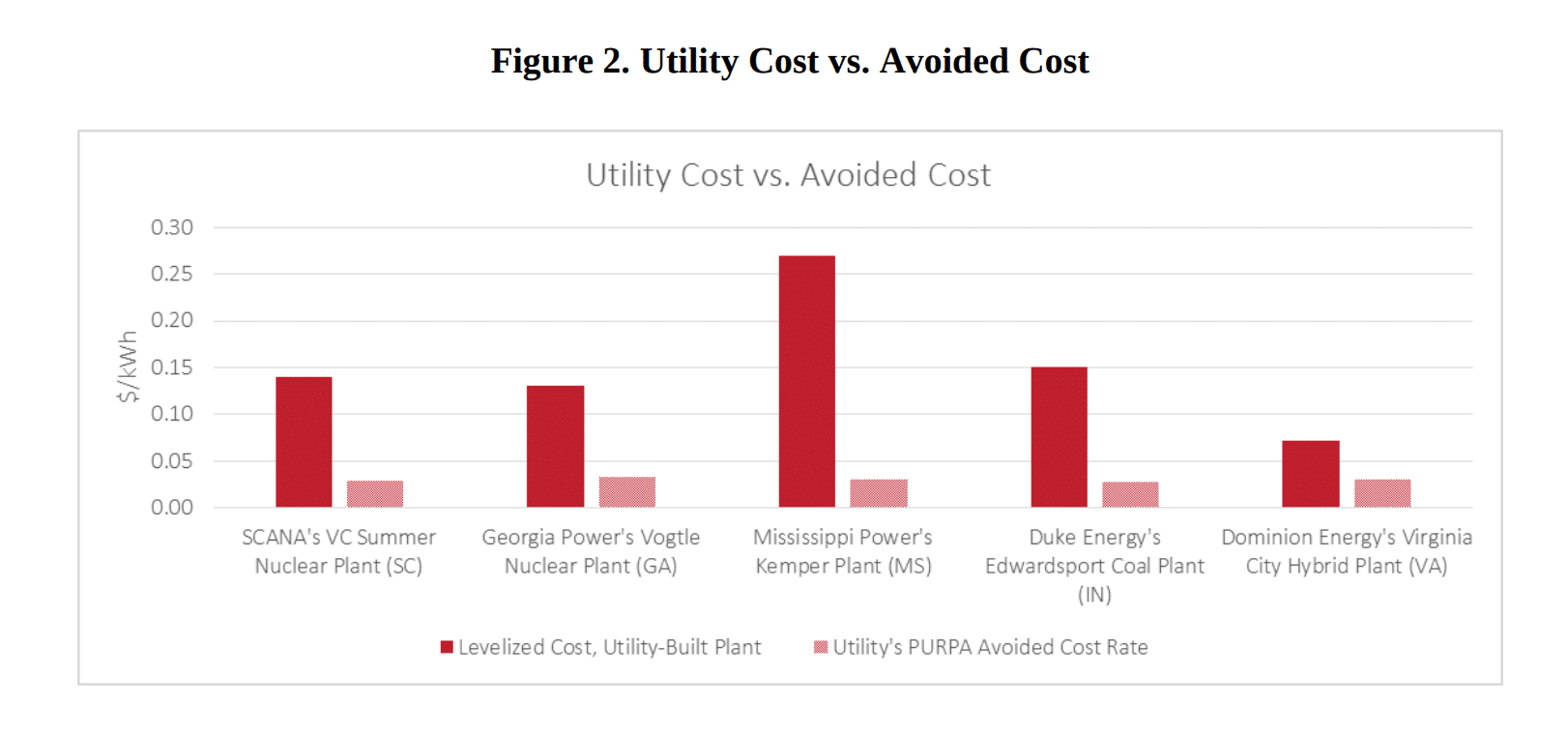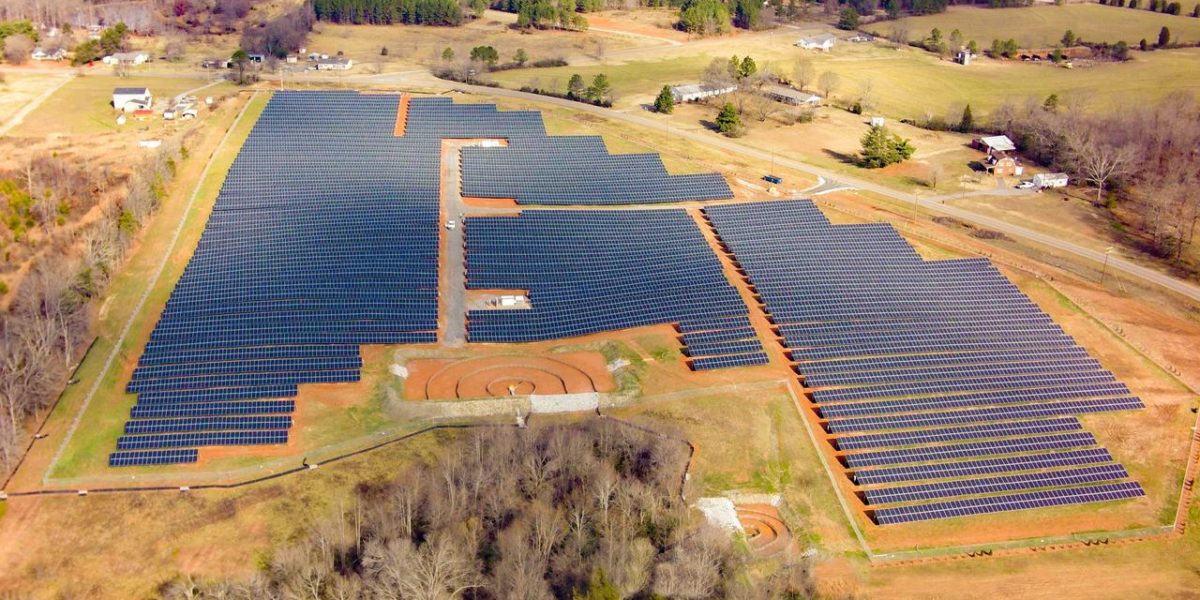The Public Utility Regulatory Policies Act (PURPA) is under attack, from both federal and state level regulators. Various states have attacked – with South Carolina most recently, North Carolina shifts, changing business and Montana regularly just making the headlines. The volume isn’t that large per the EIA, but it’s enough to get the attention of the competition who are pushing lobbyists and getting flawed papers written.
This summer, the Federal Energy Regulatory Commission (FERC) filed a motion to “gut” PURPA via a slew of potential rule changes – including shortening the length of contracts and shrinking the size of eligible facilities. In response to that, multiple groups – including the Sierra Club here – have filed comments regarding these changes. In this article, we review the comments filed by a group of organizations, collectively known as the Southeast Public Interest Organizations.
Lauren Bowen, senior attorney of group member Southern Environmental Law Center noted:
These and other proposed rollbacks will have an outsized impact on the Southeast, where PURPA—when implemented well at both the federal and state level—provides the rare opportunity for clean energy competition in a region otherwise still dominated by monopoly electric utilities.
This monopoly was illustrated in the document via the below image, which noted that in five of the six southern states shown, less than two percent of the total megawatt hours of electricity generation in 2018 was provided by independent solar and wind providers.

The first point made by the group is that by abandoning the fixed-rate long term contracts of PURPA, that small energy generators won’t be financially motivated to develop projects. The document compares the volume of PURPA projects deployed across the multiple states above, how their PURPA contracts were set up, the changes states made, and how much volume was deployed. North Carolina’s prior structure was pointed out as supporting, with its 15 year contracts. Southern Company – which only pays for electricity generated and nothing for the capacity value in a 1 year contract – was seen as the obvious laggard with its effectively variable contract in Alabama.
A second point the paper looked at was how “avoided cost” is being defined. The below image points out what the real levelized cost of electricity is from utility-owned assets, versus the price per kilowatt-hour PURPA contracts have been charging. The image was used in the argument above, regarding long-term contracts for these assets, but it applies here as well – mainly because the document notes that the “avoided” cost that FERC and utilities are pushing for is effectively the spot price of natural gas due to the opacity of these monopoly markets. The author points out that Congress expressly stated that the pricing offered PURPA contracts must represent long-term values versus the short-term values proposed by FERC.

The group made seven additional arguments. Two of these included whether 1 MW solar systems, versus the current 20 MW cap are viable and competitive for the market, and whether using competitive solicitations versus the fixed contract prices that can be quickly accessed will gain the outcomes desired.
This content is protected by copyright and may not be reused. If you want to cooperate with us and would like to reuse some of our content, please contact: editors@pv-magazine.com.









Entrenched interests will fight tooth and nail to conserve the status quo. But simple economics will prevail in the long run. The dinosaurs see the writing on the wall. It’s just a matter of time. Patience young Grasshoppa.
I see some of the points brought up in the article. Yet, this change could also allow a community to “invest” in small distributed micro-grids that could help power housing tracts, commercial buildings, industrial parks with their own distributed micro-grid with energy storage. At one time we had “mom and pop” stores that were run out of business when the Walmart, Target, COSTCO came to town.
If one can have golf communities with HOA rates funding the greens, why not housing communities that have HOA rates that are lower than the monthly electric bills one now gets? Being able to ‘sell’ ancillary grid services to the utility may be a way to reduce the costs overall for the micro-grid.